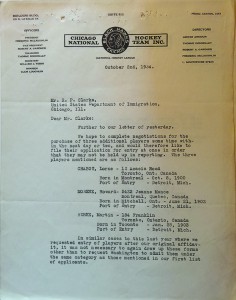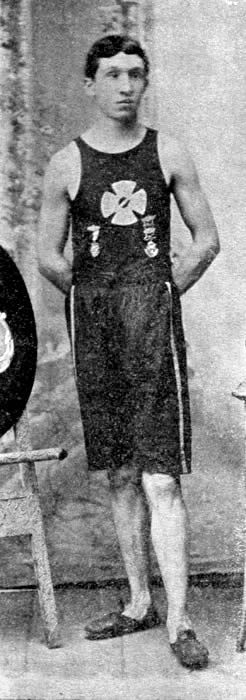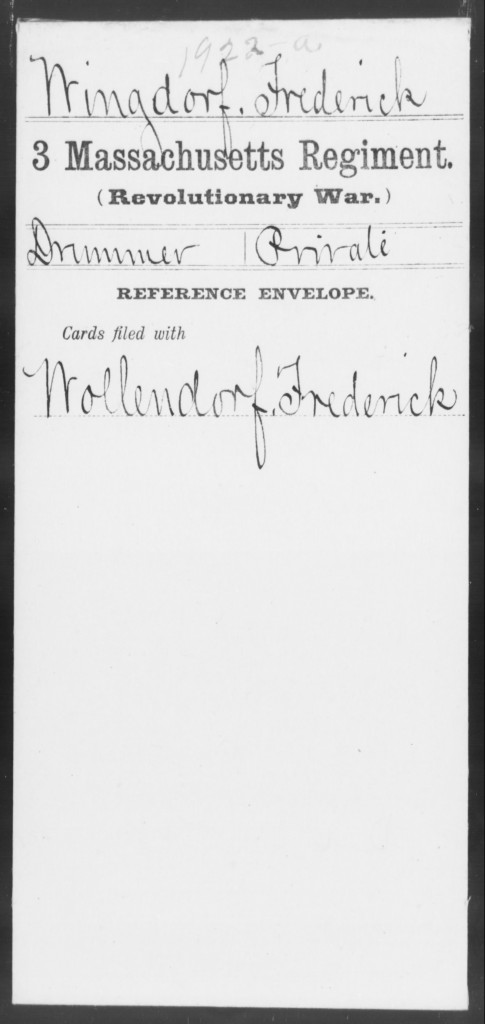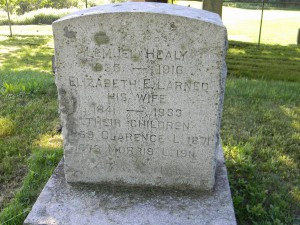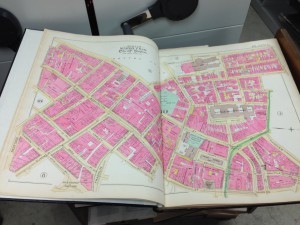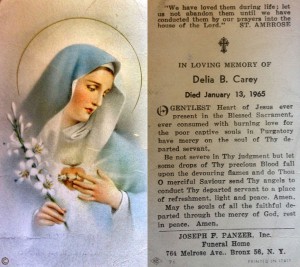
A great way to begin tracing your family history is to interview living relatives, asking for relevant birth, marriage, and death information. These interviews sometimes yield specific information (or at least an estimate), and you can then contact the appropriate authority to provide a copy of the original vital record.
But what do we do if grandma’s information fails to lead us to a vital record? Surprisingly, this is more common than you’d think, as people often misremember facts or were told the wrong information from the get-go. In this case, grandma may lead us on a wild goose chase trying to track down the correct location and/or date of a vital record. This may be especially annoying if the record is more recent, as statewide indexes for modern vital records are less common. To locate these modern vital records (civil records), we must first look for an alternative record to point us in the right direction. Here are some examples: Continue reading 7 Vital Record Alternatives

